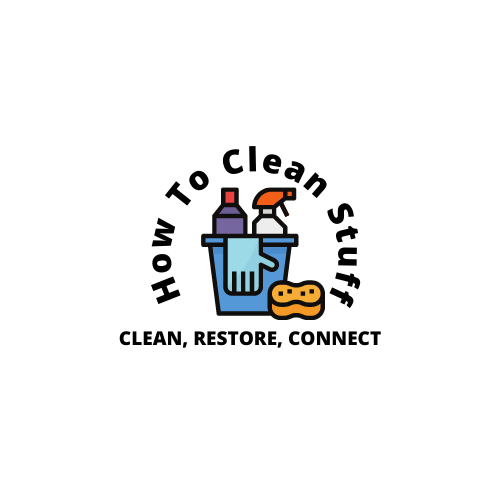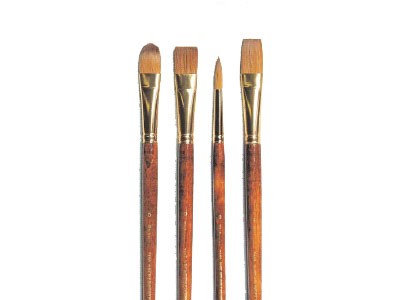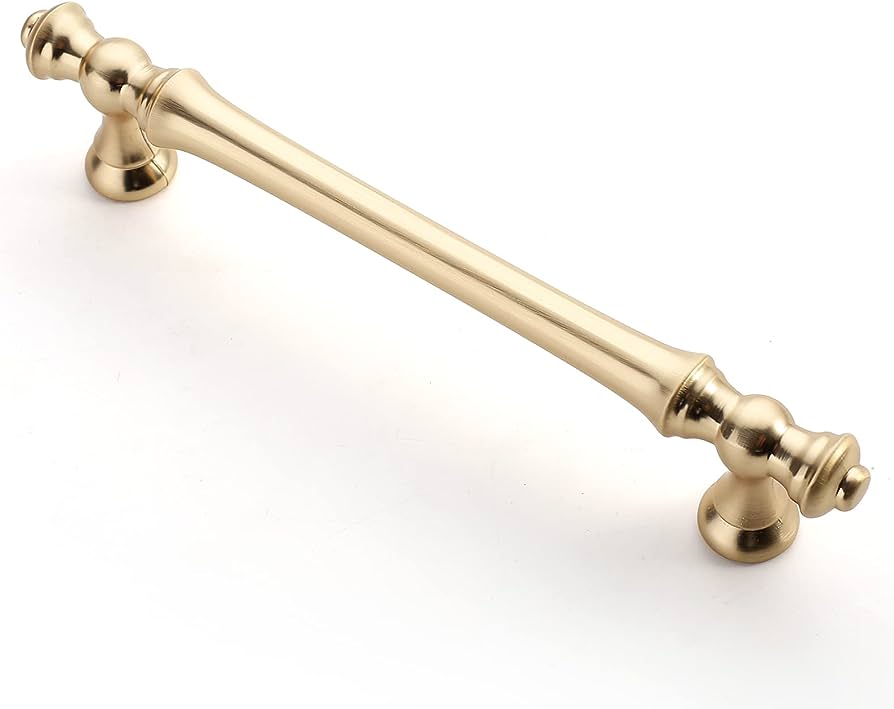Cleaning paint brushes may seem like a daunting task, but fear not, I’m here to make it easy and hassle-free! The first step is to remove as much excess paint from the brush as possible. Simply wipe the brush against the edge of your paint can or use a rag to gently squeeze out the paint. Next, fill a container with warm water and add a few drops of dish soap. Swirl the brush around in the soapy water, ensuring that the bristles are fully immersed. After a few minutes, rinse the brush under running water to remove the soap and any remaining paint. If the brush is still not completely clean, you can repeat this process. Now comes the crucial step of reshaping the bristles. Gently squeeze the bristles between your fingers, starting from the base and working your way up to the tip. Finally, lay the brushes flat or hang them upside down to dry. And there you have it! With just a few simple steps, you can keep your paint brushes in tip-top shape and ready for your next artistic adventure. Happy painting!
Dos
- Use warm, soapy water
- Gently clean bristles with your fingers or a brush comb
- Rinse thoroughly with clean water
- Pat dry with a towel
- Store brushes upright or hang them to dry
Donts
- Never leave brushes sitting in paint thinner or solvent
- Avoid using excessive force when cleaning
- Don’t let paint dry on the bristles
- Avoid using hot water, as it can damage the bristles
- Don’t store brushes with the bristles facing down
Step 1
Thoroughly rinse the paint brush under warm water to remove any excess paint.
Step 2
Apply a small amount of mild dish soap to the bristles of the brush.
Step 3
Gently massage the soap into the bristles to loosen any remaining paint.
Step 4
Gently rinse the brush under warm water while continuing to massage the bristles until the water runs clear.
Step 5
Gently squeeze the excess water from the bristles and reshape the brush. Lay the brush flat to dry.
Final thoughts 💭
Cleaning paint brushes is an essential part of maintaining their quality and prolonging their lifespan. By following a few simple steps, you can ensure that your paint brushes stay in great condition and continue to produce high-quality results for your artwork. Remember to start by removing excess paint, then use a suitable cleaning solution and gently massage the bristles to remove any remaining paint. Rinse the brushes thoroughly and reshape the bristles before allowing them to air dry. Finally, store your brushes in a proper container or wrap them in paper to prevent damage. With regular cleaning and proper care, your paint brushes will serve you well for many projects to come!






Leave a Reply